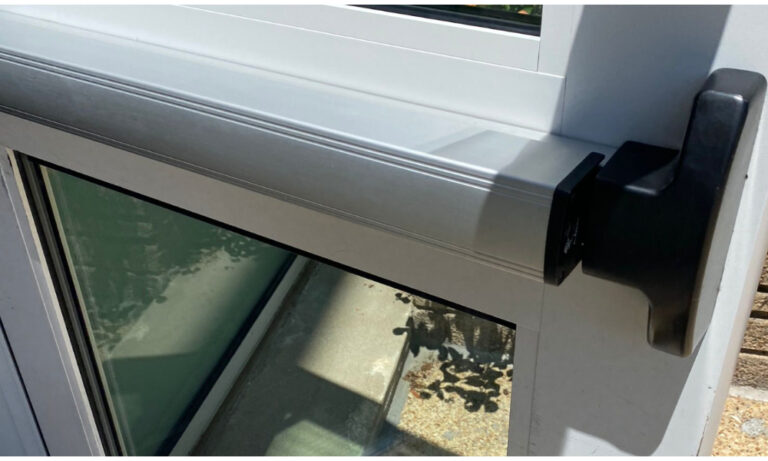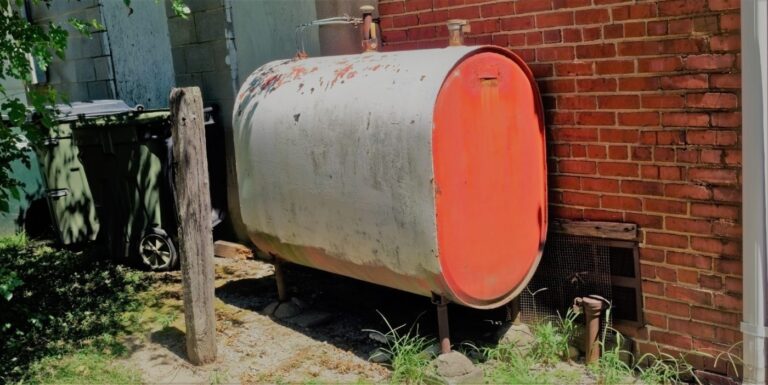
At a Glance:
- Trees growing in places with inadequate light and water or blocking a construction project need transplanting.
- It is important to choose the right time of the year, prepare the new location, and plant the tree properly to ensure safe transplanting.
Removal is not the only option when you have a poorly located tree. You can safely relocate unfavourably positioned trees to a more suitable place within your property where they can grow and thrive. It is important to carry out the transplantation carefully because exposing the roots of trees to open air can harm the tree. With the right technique and tools, you can transplant trees to another safe and suitable spot without damaging the tree during the process. Here’s an easy step-by-step guide to transplanting a fully-grown tree.
Choose the Right Time for Transplanting
If you need to relocate a fully-grown tree in your yard to a more suitable location, the first step is determining the best time to relocate the tree. There are two appropriate seasons for transplanting trees throughout the year; late fall and early spring. Throughout this period, most trees remain dormant, allowing speedy growth in the new location. Trees are not growing actively during dormancy so transplanting will be less stressful. Early fall is the best time to transplant a fully-grown pine or evergreen tree. Early spring is a good time for oak trees, while it is good to relocate maple trees during late fall.
Choose the Right Location
Several factors affect the growth of trees, such as soil quality, sun exposure, proximity to other growing trees or buildings, or electricity grids. Proximity to trees and buildings are two of the major reasons trees need transplantation in the first place. So, while choosing the new location, ensure the tree has ample space to grow and does not block a construction project, such as home expansion.
Prepare the New Plantation Site
Once you finalise the new spot, you should start preparing the site. The most suitable way to prepare the new planting hole is to consider the measurements of the root ball. The hole should be around 2 inches deeper and at least twice as wide as the tree’s root ball as it needs transplantation. To estimate the size of the root ball, you can dig a hole around the tree. You should prepare the new site beforehand to avoid exposing the tree’s roots in the open air for a longer period. Water the new site a day or two before transplanting the tree to keep the soil moist.
Prepare the Tree for Transplanting
Preparing the tree for transplanting is crucial; if not done properly, your tree can die. Start by pruning the roots properly; you should not dig within 3 feet perimeter of the tree, as most of the branches of the roots grow within that perimeter. If you need more confidence about pruning the tree’s roots, you can contact tree care services to prune the roots. It is best to water the tree a day before pruning; it keeps the soil moist, which is easier to dig, and watering ensures soil sticks to the roots. Once the root is pruned, wrap the root ball in burlap to protect it while moving to a new location.
Remove the Tree from its Current Location
You must be very careful while removing the tree from its current location. You should avoid picking the tree randomly and placing it on the ground. Also, please don’t lift the tree from its trunk; you should reach the bottom and gently lift it to preserve the root ball and soil around it. Use burlap to lift the tree, wrap it around the root ball, and then place it on a tarp. Carry the tree on the tarp and shit it to the new location as soon as possible.
Plant the Tree
Place the tree in its new hole with the top of the root ball placed a few inches above the ground level; the tree should not be placed lower than its previous location. Ensure the tree is straight, backfill the soil, and avoid filling the soil too aggressively. Loosely water the plant to help settle the soil and remove air pockets. To remove the tree from leaning or falling, use a temporary stake.
Follow Proper Tree Care
After transplanting a fully grown tree to a new and suitable location, it is important to care for it. Proper tree care will help it establish a strong foundation in its new place. Watering it regularly, especially during the first year of relocation. After transplanting, your trees need a higher nutrition concentration to thrive, so fertilise them as needed. Also, consider tree pruning is necessary to promote healthy growth and remove diseased or dead limbs of the trees.
Transplanting a tree can be a challenging task to carry out on your own. You can always hire a tree professional to make the transplanting process easier and safer for you and your trees. For a more professional approach to tree care and maintenance, you can hire professional arborists – trained individuals with years of service experience in Melbourne and its suburbs.





